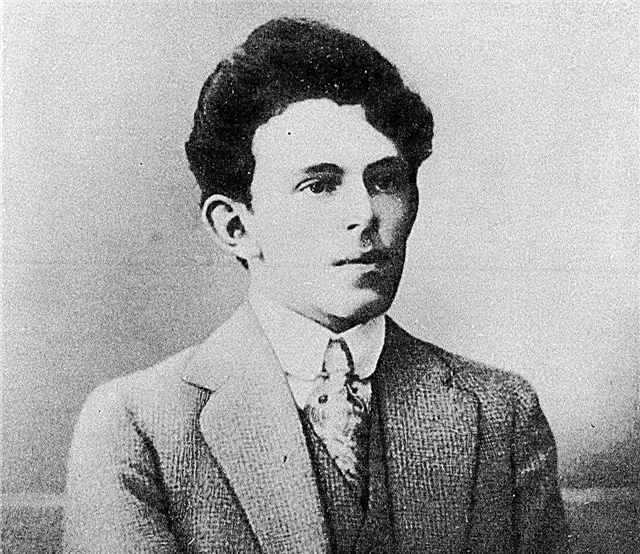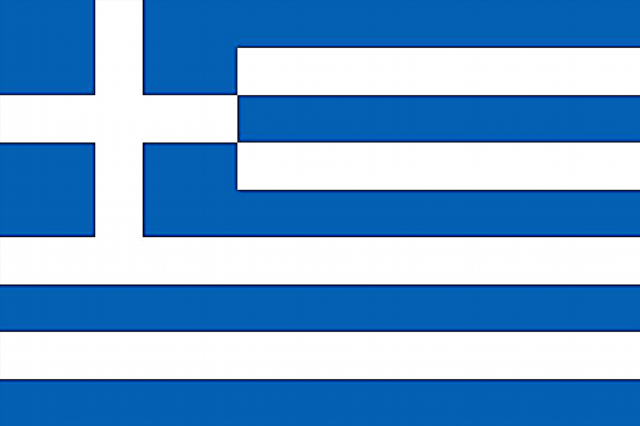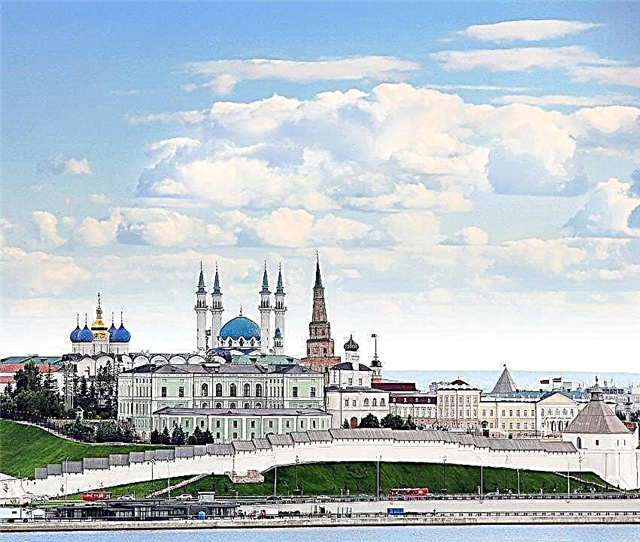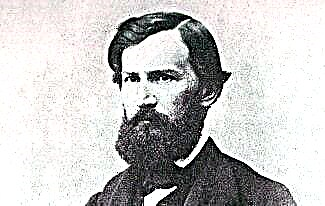The Champs Elysees bear little resemblance to flowering lawns, but even here there was a place for a parkland, as well as for a large number of fashionable and expensive shops, entertainment centers, restaurants and other establishments. Only well-known brands can afford to rent an area on this street, while tourists are happy to stroll along a wide avenue in the center of Paris and admire the sights and luxurious decoration.
Etymology of the name of the Champs Elysees
It is not surprising that many people wonder why the Champs Elysees are called that. In French, the street sounds like Chanz-Elise, which is derived from the Greek word Elysium. It first appeared in the mythology of Ancient Greece and denoted the amazing fields in the world of the dead. The souls of the heroes whom the gods wanted to reward for their merits in worldly life were sent to the Champs Elysees. Otherwise, they can be called "islands for the blessed", where spring always reigns, no one experiences suffering and disease.
In fact, Elysium is paradise, and the street has earned this name, since it is generally believed that it is so beautiful, sophisticated and unique in its kind that everyone who once walked along it feels as if he has been in paradise. Of course, from a religious point of view, the central avenue does not differ in the mentioned elevation, but as an attraction it is very popular with all guests who come to Paris.
Basic data on the French avenue
Chanz Elise does not have an exact address, as it is a street in Paris. Today it is the widest and most central avenue of the city, which originates at the Concorde Square and abuts against the Arc de Triomphe. Its length reaches 1915 meters and its width is 71 meters. If we consider the city by region, then the attraction is located in the eighth arrondissement, which is considered to be the most expensive for living.
The Champs Elysees is a kind of axis of Paris. The street is conventionally divided into two parts. The first is a cluster of parks, the second - shops at every step. The walking area starts from Concord Square and stretches to Round Square. It occupies approximately 700 meters of the total length of the street. The parks are about 300 meters wide. Walking alleys divide the entire territory into squares.
The round square is a link in which the avenue changes its appearance sharply, as it goes to the west and is a wide roadway with sidewalks along the edges. This area is not just a shopping center, but a key business unit in France, embodying the achievements of the largest companies in the world.
The history of the emergence of the street
Changes-Elise appeared in Paris not since the city was founded. For the first time, its description appeared in documents only in the 17th century, when alleys along the Queen's Boulevard were created specifically for the walks of Maria Medici. Later, the road was widened and lengthened, and also improved for the passage of carriages.
At first, the Champs Elysees street went only up to Round Square, but the new designer of the royal gardens extended it to the Chaillot hill and significantly ennobled. In the 18th century, it was a beautiful garden with flower beds, lawns, architectural structures in the form of forest huts, small shops and coffee shops. The street was accessible to all residents of the city, which is confirmed by reports, which say that "music played from everywhere, bourgeois walked, townspeople were resting on the grass, drinking wine."
The avenue received its current name after the French Revolution. There is an explanation for who the street is named after; it is associated with the unstable times in the country. It was from the idea of Elysium that the revolutionaries drew their inspiration for further achievements. At the end of the 18th century, the Chanz-Elise was empty and even dangerous for walking. Many demonstrations were held on the avenue, and after the overthrow of the monarchy, shops and shops began to appear on the streets, which gave birth to a new fashionable part of the Champs Elysees.
The first half of the 19th century was a period of destruction and decline for the once busy avenue. Almost all buildings were destroyed, parks were abandoned. The reason for this was the instability in the country, uprisings, military attacks. Since 1838, the Champs Elysees began to rebuild literally from scratch. As a result, the avenue becomes so wide and refined that international exhibitions began to be held here.
Since then, including during the war years of the 20th century, the Champs Elysees were treated with great respect. Parades of German troops were held here, but the general appearance of the sight was not badly damaged. Now it is one of the most popular places where national holidays are organized, fireworks are launched and solemn parades are held.
Description of the attractions of the park of the Champs Elysees
The park area of the Champs Elysees is conventionally divided into two sectors: north and south, and each of them consists of several squares with unusual names. Since the creation of the alleys, fountains have been installed on each site, which are part of the architect's idea.
The Square of Ambassadors is associated with numerous large and expensive hotels, which are often used by high-ranking officials who visit the country for diplomatic purposes. Hotels for diplomats are the embodiment of the ideas of Ange-Jacques Gabriel. Of the relatively new attractions in this area, the cultural center organized by Pierre Cardin can be distinguished. Connoisseurs of the work of Marly Guillaume Couste can admire his sculpture "Horses".
The Champs Elysees is located in front of the palace in which the President of France has lived and worked since his inauguration. Closer to Avenue Marigny, you can see a monument erected in honor of the hero of the Resistance, who gave his life under severe Nazi torture during the Second World War.
We advise you to look at the Père Lachaise cemetery.
In the square of Marigny you can visit the theater of the same name, where Jacques Offenbach staged his famous operettas. In the same area, stamp collectors can purchase rare items in one of the largest markets in the world.
Georama Square is famous for its old restaurant Ledoyen, built in the late 19th century. Many famous French people spent more than one evening in this yellowish pavilion. The Great Square of Holidays is interesting because of the Great and Small Palaces, created during the reign of Louis XV. On Round Square you can visit the famous Ron Poin Theater.
Fashionable centers
Many firms are represented in the western part of the Champs Elysees. This is the territory where:
- large tourist centers;
- federal banks;
- offices of famous airlines;
- car showrooms;
- cinemas;
- restaurants and other establishments.

The windows here are stylishly decorated, as if from a picture, while there are places that every tourist should visit. And even if you can't go inside, it's worth admiring the facade design. The renowned Virgin Megastore music center is a true example of commitment in business, as it was created from scratch and without capital investments, and today it is the largest in the world.
Russian tourists can visit the Rasputin restaurant. Fascinating shows are organized in the Lido cabaret. In cinemas on Shanz Eliza, premieres are launched with the participation of film industry stars, so even an ordinary visitor can see famous actors at a distance of a couple of meters from him and even take a photo at the end of the session.
Almost no one lives in this part of the city, since the rent per square meter exceeds 10,000 euros per month. Only large firms with impressive capital can afford to rent a place on the Champs Elysees, thus securing rapturous glances from the millions of tourists strolling along the central avenue of France.









